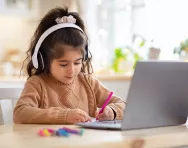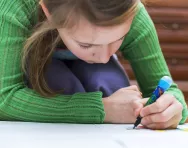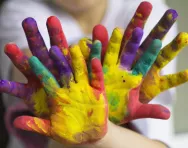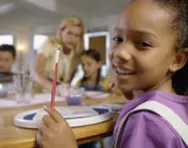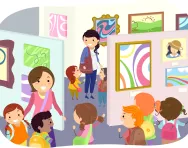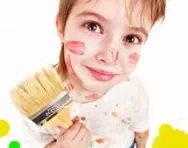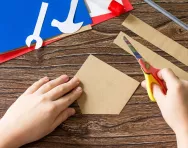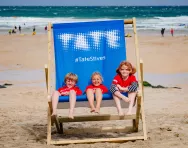Important update from TheSchoolRun
For the past 13 years, TheSchoolRun has been run by a small team of mums working from home, dedicated to providing quality educational resources to primary school parents. Unfortunately, rising supplier costs and falling revenue have made it impossible for us to continue operating, and we’ve had to make the difficult decision to close. The good news: We’ve arranged for another educational provider to take over many of our resources. These will be hosted on a new portal, where the content will be updated and expanded to support your child’s learning.
What this means for subscribers:
- Your subscription is still active, and for now, you can keep using the website as normal — just log in with your usual details to access all our articles and resources*.
- In a few months, all resources will move to the new portal. You’ll continue to have access there until your subscription ends. We’ll send you full details nearer the time.
- As a thank you for your support, we’ll also be sending you 16 primary school eBooks (worth £108.84) to download and keep.
A few changes to be aware of:
- The Learning Journey weekly email has ended, but your child’s plan will still be updated on your dashboard each Monday. Just log in to see the recommended worksheets.
- The 11+ weekly emails have now ended. We sent you all the remaining emails in the series at the end of March — please check your inbox (and spam folder) if you haven’t seen them. You can also follow the full programme here: 11+ Learning Journey.
If you have any questions, please contact us at [email protected]. Thank you for being part of our journey it’s been a privilege to support your family’s learning.
*If you need to reset your password, it will still work as usual. Please check your spam folder if the reset email doesn’t appear in your inbox.
What your child can learn from doing a self portrait
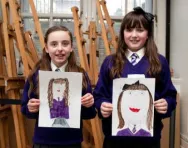
The biggest collection of self portraits in the world, Face Britain was a national art project that offered every child the opportunity to make their face famous. Jeremy Newton, Chief Executive of The Prince’s Foundation for Children & the Arts, explains why it’s so important for children to immortalise themselves in their own work of art.
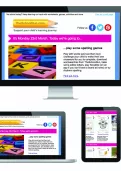
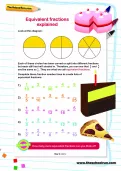
Boost Your Child's Learning Today!
- Start your child on a tailored learning programme
- Get weekly English & maths resources sent direct to your inbox
- Keep your child's learning on track
1. Your child is unlikely to have a better excuse for looking at themselves in the mirror. A self portrait gives children the time to study their eyes, nose, mouth and the rest of their face and body, and to work out how it all fits together – perfect for teaching children how to draw basic body shapes.
2. Creating a self portrait allows the maximum amount of artistic freedom. It’s you, so you can create it anyway that you want. The simplicity of a self portrait means that children can experiment with whatever materials they like to create their portrait, and try any style they wish.
3. Self portraits are a great way to get into art history. Every artist, from Rembrandt to Tracey Emim, has had a go at their self portrait. It’s the perfect vehicle for tracing the changes in visual art from past to present.
4. Self portraiture is the most introspective of art forms. By creating a self portrait, children learn who they are, how they want to present themselves and what’s important to them.
5. Drawing a self portrait is also excellent for teaching children that these personal ideas aren’t the same as what everyone else thinks. Children can learn how diverse our society’s views, values and appearances are, and hopefully develop values of respect and tolerance.
6. Self portraiture helps your child to consider their aspirations for the future. When creating a self portrait it’s important to encourage your child not just to think about who they are but who they want to become.
7. Self portraits allow children to see how they change as they grow. Like everyone, children are changing all the time – both year to year and day to day. Regular self portraits allow children to document that change, and help them to understand it.
8. Finally, and perhaps most importantly, creating a self portrait is fun! Self portraiture should be about creating something for yourself, and not worrying about what other people think or how they may respond. Children will learn that doing art is, at its best, quick, simple and enjoyable.
